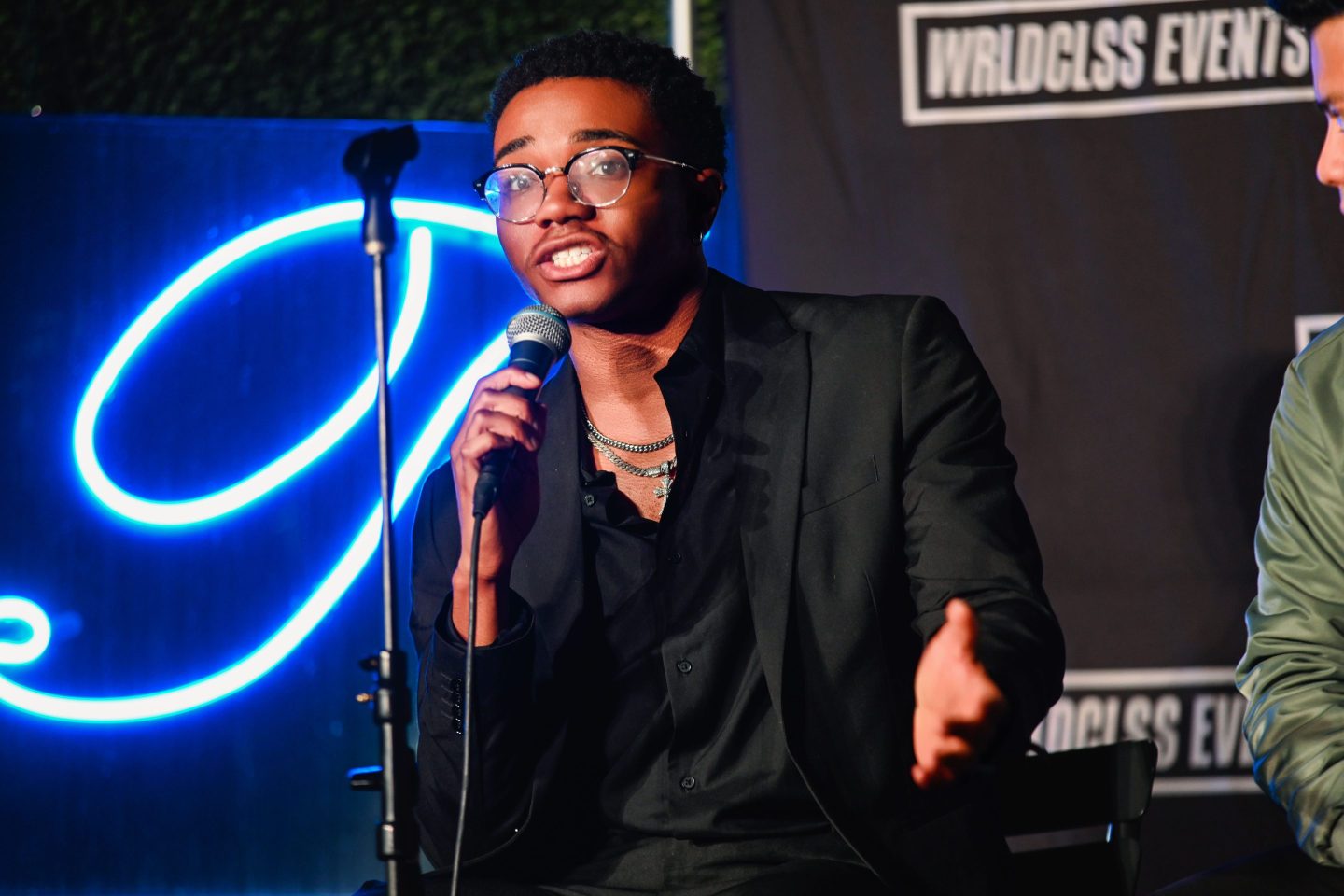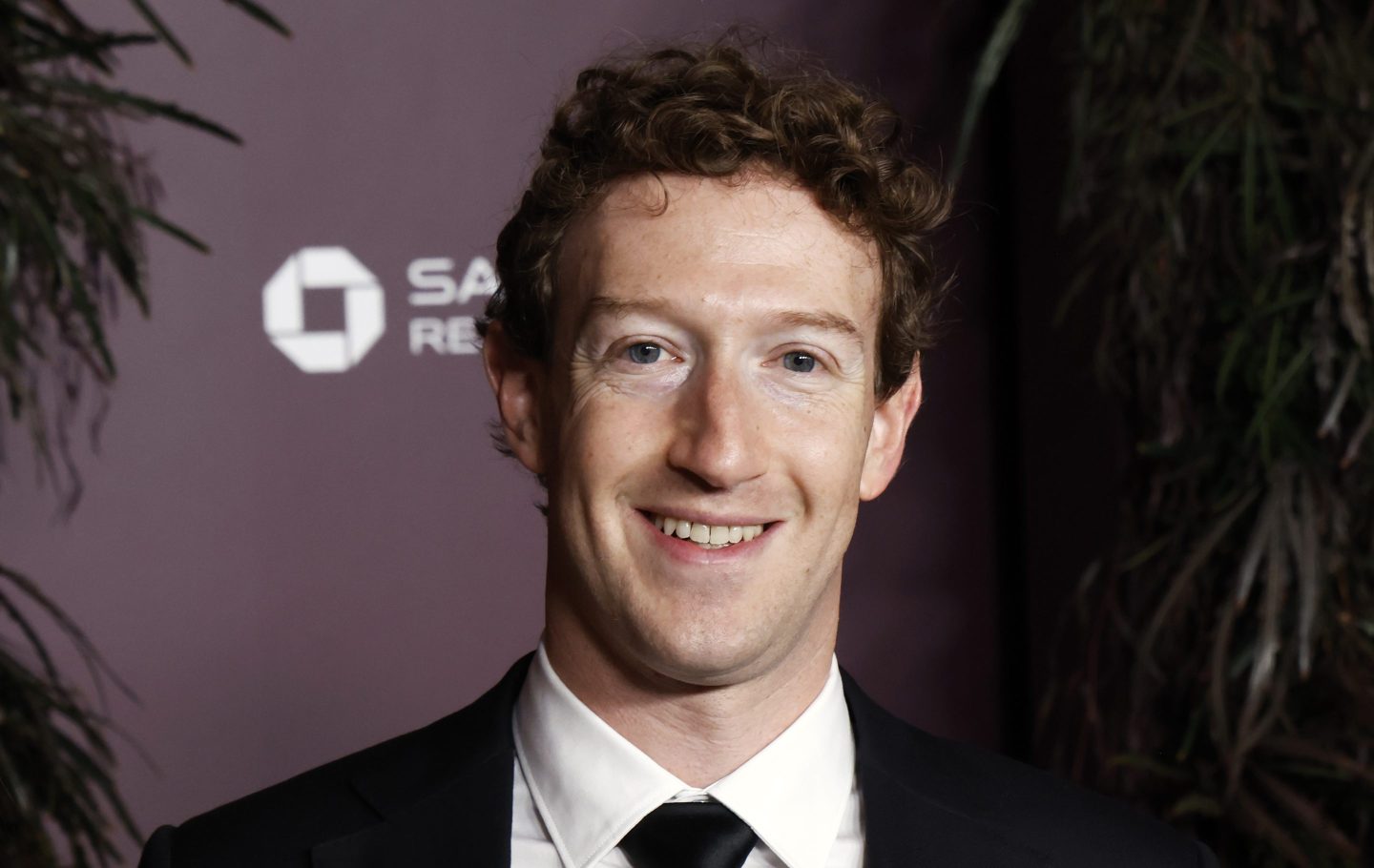Green Mountain Coffee Roasters CEO Brian Kelley, a former Coca-Cola executive, is a Diet Coke guy. Like many people, he starts his day with a coffee — made on his company’s pod-based Keurig brewing system, of course — but by 10 a.m., Kelley switches to Diet Coke and doesn’t look back.
If Kelley has his way, by next year his soda could come out of an appliance made by his company rather than out of a can. Vermont-based Green Mountain (soon to be renamed Keurig Green Mountain) has a new piece of hardware in development — code name: Geyser — that Kelley thinks will do for cold beverages what Keurig has done for hot. The move is part of the company’s ambitious strategy to capture a share of not only the 7½ beverages Americans drink on average throughout the course of the day but of every liquid they consume — starting with the company’s partnership with Campbell Soup in September. “We want a Keurig on every counter and a beverage for every occasion,” Kelley says. “That’s our mission.”
This is not a story about Green Mountain’s namesake coffee. It is a technology story — a tale of one consumer packaged-goods company retreating to the lab to experiment, fail fast, and pack as much tech as possible into a thimble-shaped cartridge. In doing so, the company is reengineering its values to be more like those of the software startups of Silicon Valley than those of its peers in the Mid-Atlantic or Midwest. “We’ve had such a ride and such a run with Keurig,” says Kelley, who joined the company in 2012. “The question is, How do you do five, six, seven more of those in the next 10 years?” Green Mountain’s management thinks the key is its ownership of the entire ecosystem — the appliance, the single-serving pod, and the manufacturing. Tom Novak, senior vice president of beverage R&D, equates it to a microwave maker expanding into frozen food: “Don’t you think they would have a better product?”
From a technology standpoint, Green Mountain is vertically integrated. It makes both the hardware and the software. But compared with Starbucks’ Verismo and Nespresso’s espresso machines, which brew only their own respective brands, Green Mountain is an open-source operating system — the Android to their Apple in the coffee-brewing world. Keurig brews the Green Mountain line but also products from 21 partner brands and counting. Management says it’s that access to variety — Newman’s Own, Caribou, Celestial Seasonings, Starbucks — that has helped the Keurig brewer into more than 15 million households.
It’s a complicated process to make something so simple. With Keurig, which Green Mountain acquired in 2006, all you do is insert a K-Cup pod and push a button. Less than a minute later, you have the finished product. That simplicity is necessary: The company roughly breaks even on the hardware and makes its money on the pods, which generated 73% of its $4.4 billion in fiscal 2013 sales. The easier the machine is to use, the more pods are consumed. Kevin Sullivan, the company’s chief technology officer, says that’s why every single brewer is tested multiple times. “If you don’t make money on the appliance and you only make money when the appliance works,” he says, “it’s a whole different game.”
There’s one area, however, where Green Mountain is decidedly closed: the product’s final taste. The turnkey K-Cup makes it so that consumers have the exact same result every time. “You can’t replicate perfection for a beverage in the home if every consumer can do it their own way,” Kelley says. That restriction has been an asset in attracting partners concerned with quality control. Sullivan says he first approached Starbucks to discuss adding its coffee to the system in the early 2000s, but it wasn’t until almost a decade later that Green Mountain was able to achieve the coffee strength that Starbucks demanded. (One of the conference rooms in its Burlington, Mass., office is called Long Fluted Filter after the breakthrough necessary to get 50% more coffee into the K-Cup.)
Green Mountain started working on the Geyser project five years ago, after customers said they would buy a machine that makes cold beverages. The cold system will be built as a separate appliance, but Kelley says that someday the company could have a single device that does both hot and cold. He has plans for what he calls specialty systems — say, baby food — that might come in a totally separate machine and sit in a room other than the kitchen. In the case of soup, which is designed for the hot Keurig platform, the company is anticipating customers’ reluctance to make chicken noodle from the same machine they use to make their coffee. Green Mountain’s answer will be a cleansing cup or cycle that completely flushes out the brewer.
Engineers are developing the closely guarded Geyser project out of the company’s Burlington office, where all the work on brewers and pod technology takes place. They’re also building the next generation of Keurig brewers, which will work only with new pods that have proprietary lids. The advancement will help the machine determine the kind of beverage it’s brewing but also keep out unlicensed pods, which currently make up 12% of consumed Keurig single-serve packs.
Kelley and Sullivan have tried to bring as much of the process in-house as possible. Testing is done at the facility to determine how pods stand up to humidity, heat, cold, and oxygen. Workers also build prototypes of the manufacturing lines for the pods and machines. The company even conducts what it calls the “teenage boy” experiment. “Alcohol does not work,” Sullivan says. “Goldfish in the tank is also not a good idea.”
About three hours northwest in Waterbury Center, Vt., is the company’s beverage R&D lab, where food scientists are at work on the ingredients that go into pods. Essentially they are figuring out how to get a coffee brewer to make things it was never designed to make. The Keurig machine works by inserting a needle into the pod and shooting water through it. That’s fine for coffee, but problematic for something like hot cocoa, which at first clogged the needle and became too thick to evacuate the pod. The solution came down to the particle shape and size, which scientists measure with lasers. Lucie Roy, a senior product development scientist, demonstrates by showing off the inside of an empty K-Cup after she makes cocoa. “This is a beautiful cup,” she says. An autopsy on other K-Cups would show coffee grounds, tea leaves, or fruit residue left behind.
The food scientists in Waterbury Center are also critical to the Geyser project. The machine will handle carbonated drinks, but unlike a Sodastream, it lacks a carbon dioxide tank. According to a related patent application, cold beverages may be carbonated by granules inside the pod that contain absorbed gas, such as carbon dioxide, which would be released upon contact with water. The Geyser system will dose for the exact level of carbonation and flavoring. As with the Keurig brewer, Geyser’s precision appeals to partners who seek to ensure their product’s consistency.
Investors are eager to see Green Mountain’s latest idea, but they are not convinced that it’s a slam dunk. “There’s always promise, but we don’t know what form it takes at this point,” says Canaccord Genuity analyst Scott Van Winkle. The company also doesn’t have the best track record with launches. Its Vue machine, which uses a pod other than the K-Cup, has failed to take off.
Green Mountain is used to being the underdog, and has in recent years faced a short on its stock from Greenlight Capital’s David Einhorn and an ongoing SEC inquiry into its accounting practices. The company has also faced skeptics from within, says chief innovation officer Kevin Hartley. “Most Green Mountain people back in the day weren’t that excited about this Keurig thing.” That was 30 million Keurig brewers ago.
This story is from the February 3, 2014 issue of Fortune.












